Even amid the ruins, people clutch their home keys as a pledge of return to their land. But as Gaza City gears up for another wave of temporary shelters, the question sharpens: does sheltering people under tents in the name of security push their long promised homecoming further out of reach?
The answer is not simple. The threat of displacement hangs over Gaza’s skies once again. The army has announced plans to move civilians south from Gaza City and the north, with tents and shelter materials prepared under the banner of protecting civilians. Critics warn that this new chapter of exile could trap people in a loop of precarity.
The plan drew a sharp response from Palestinian factions, who condemned it as a act of genocide and forced displacement. They say the move hides a long term goal of changing land control and the demographic makeup of the area.
The current chapter of the conflict began on October 7, 2023, when a surprise attack killed more than 1,200 Israelis and left 251 people in captivity in Gaza. It is estimated that about 50 hostages remain, with at least 20 believed to be alive.
In retaliation, a vast Israeli military campaign has left Gaza’s urban landscape a ruin. More than 61,000 Palestinians have been killed, countless others injured, and many families have lost their homes multiple times.
Against this backdrop, the prospect of a new tent city in the south raises fears that protecting people in the short term will prolong their lasting insecurity rather than secure a real right to safety and return.
What Gaza needs now is a genuine ceasefire, neutral oversight for humanitarian aid, and a resolution to hostage issues. Only then can the fear that grows under tents give way to dignity and the right to go home.

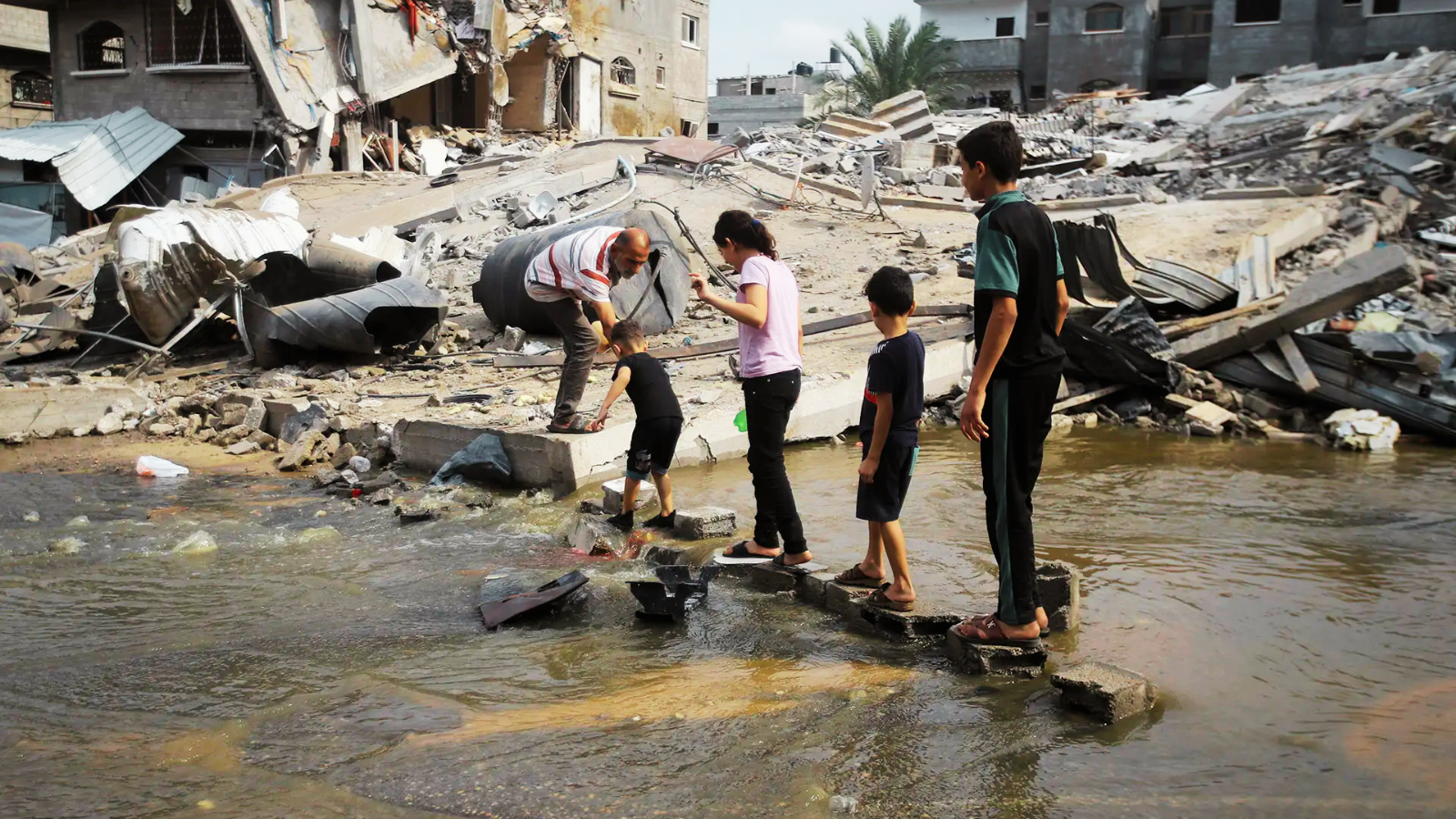
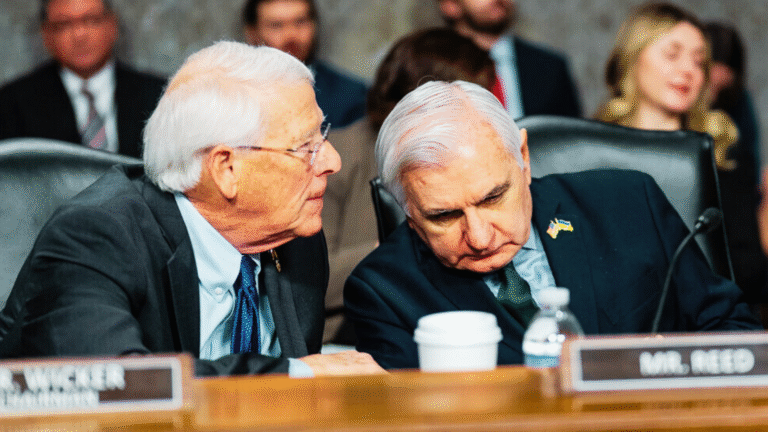
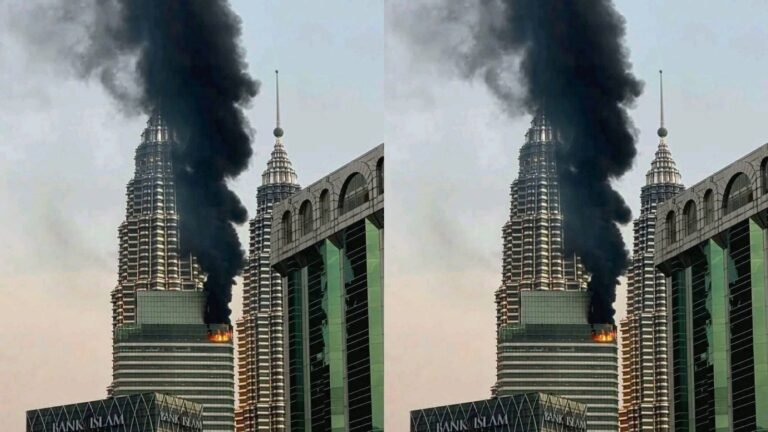
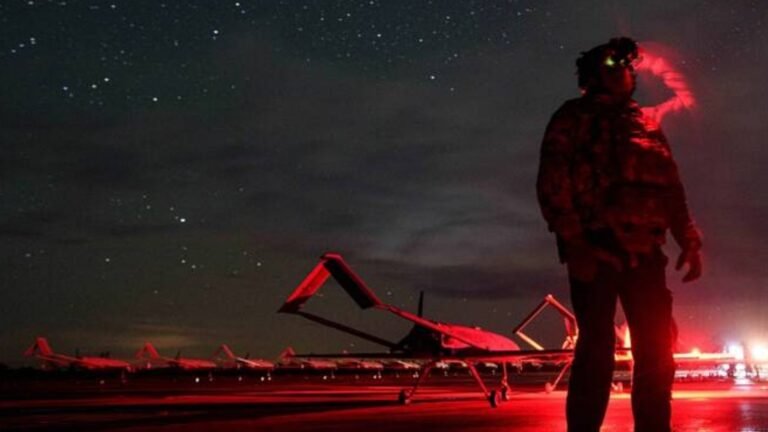
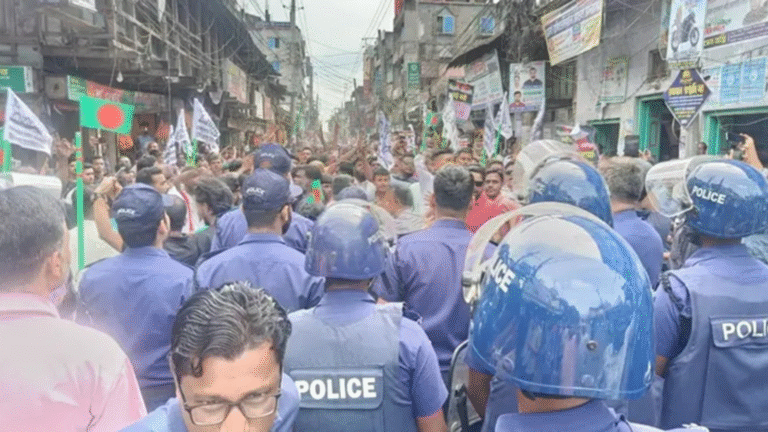
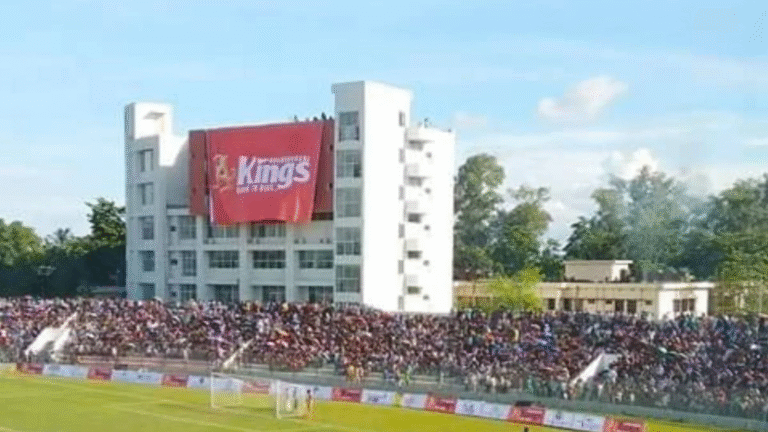
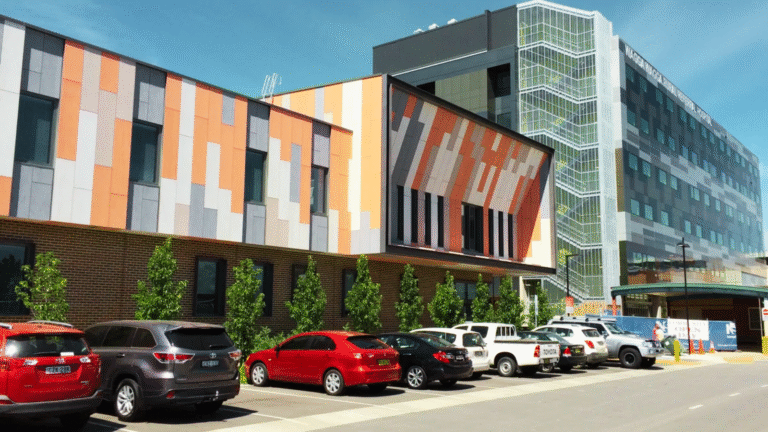





+ There are no comments
Add yours